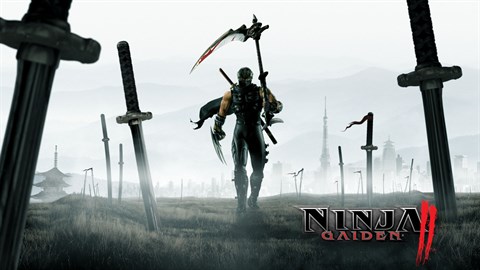those “edge of your seat” moments are almost like a shared language among gamers. They’re frustrating in the moment, but they’re also the stories we end up telling years later. What’s fascinating is how this kind of design has been part of gaming since the very beginning.
Back in the arcade era, difficulty wasn’t just about challenge, it was about economics. Games like Gradius or the infamous speeder bike section in Battletoads were designed to test reflexes, memorization, and patience, while also making sure you kept feeding quarters into the machine. That punishing design philosophy carried over into home consoles, where it became less about money and more about bragging rights and endurance.
Fast forward to modern times, and you see FromSoftware carrying that torch in a different way. Bosses in Dark Souls or Elden Ring aren’t there to eat your coins, but to force you into mastery. Every death is a lesson, and the eventual victory feels earned because you’ve internalized the patterns and improved as a player. It’s the same adrenaline rush, just recontextualized for a single‑purchase, home‑console world.
Rhythm games like Muse Dash add another flavor of intensity. They don’t always punish you with outright failure, but if you’re chasing that elusive “all perfect” score, missing even a single note can feel devastating. It’s a different kind of pressure, precision over survival but the emotional payoff when you finally nail it is just as powerful.
Then there are the infamous “broken” or poorly designed moments, like Sonic ’06’s mach speed segments or the clunky jumps in Castlevania and Linus Spacehead (especially the NES version). These blur the line between intentional challenge and unintentional frustration. Yet even those moments become part of gaming culture. People bond over them, laugh about them, and sometimes even celebrate them in a weird way.
For me personally, one of the most brutal experiences was the Great Bay Temple in The Legend of Zelda: Majora’s Mask. Between the constant water level changes, the confusing layout, and the time pressure of the game’s three‑day cycle, I nearly gave up more than once. But when I finally cleared it, the sense of relief and triumph was unforgettable. It’s the same kind of memory that sticks with you, just like beating a FromSoft boss or surviving a Battletoads bike run.
What ties all of this together is the psychology of flow and catharsis. Games that push us to the brink create tension, and when we finally break through, the release of that tension is pure dopamine. It’s why we remember these moments so vividly, they’re not just about beating a level, they’re about overcoming something that felt impossible.






